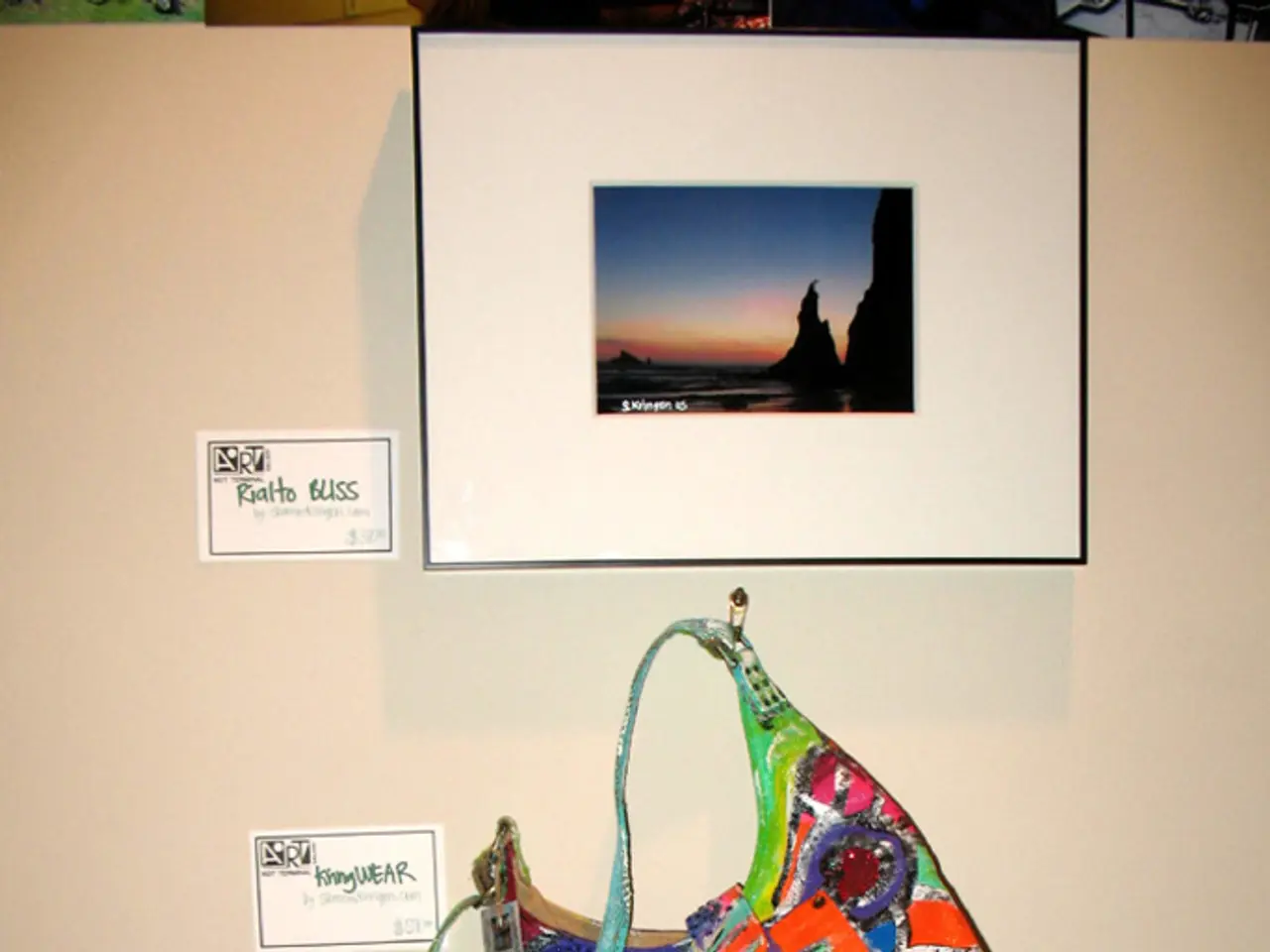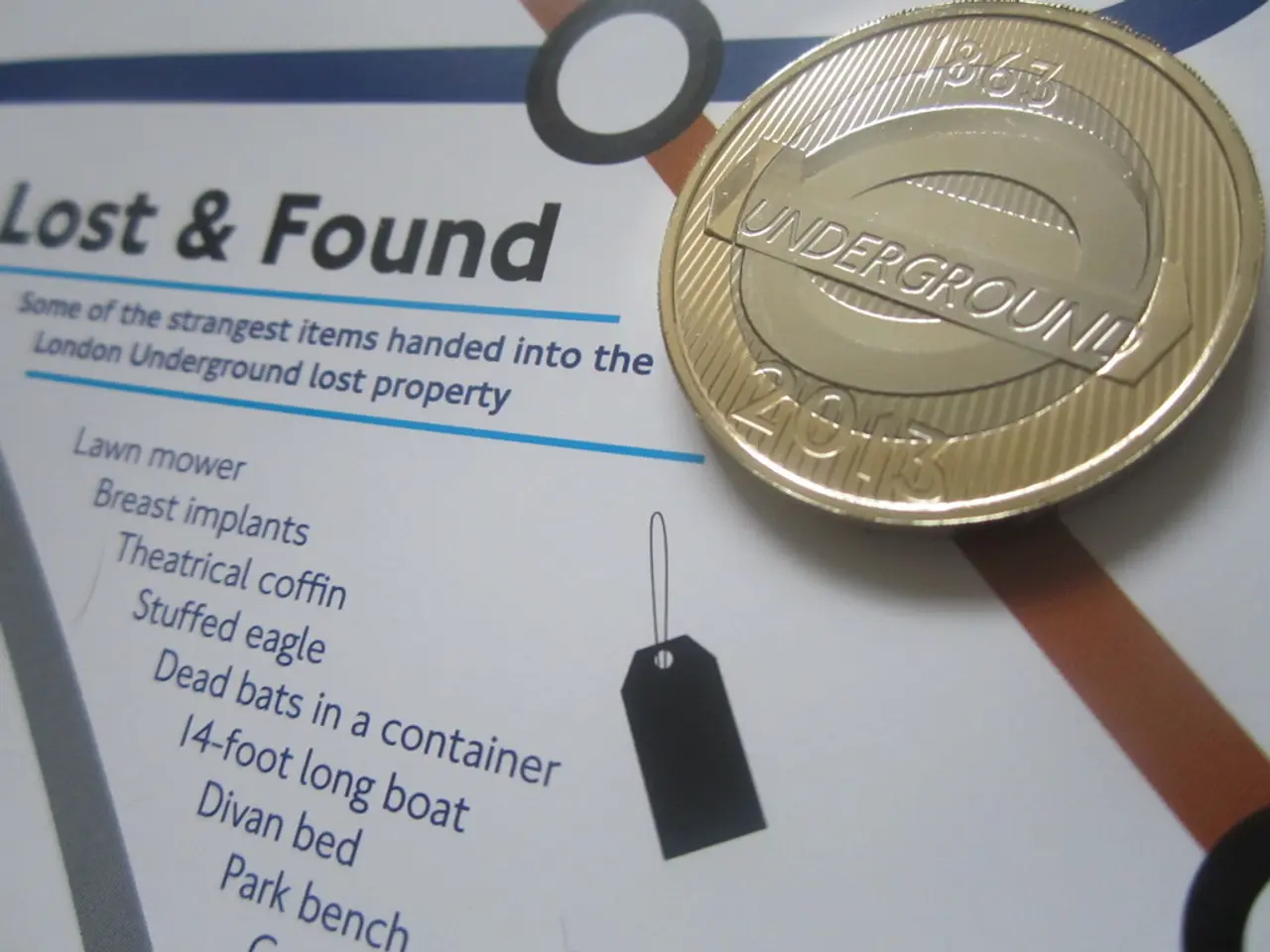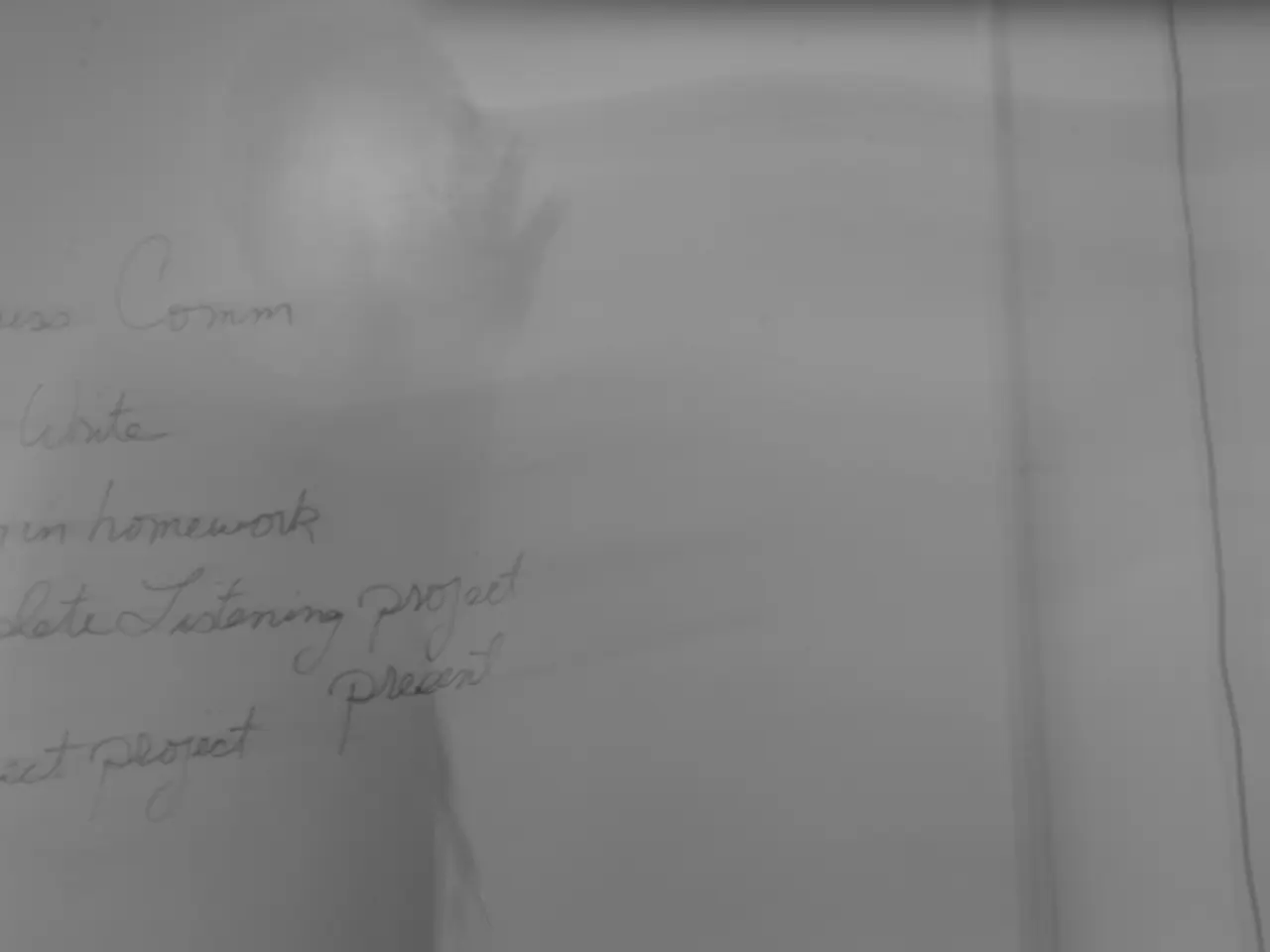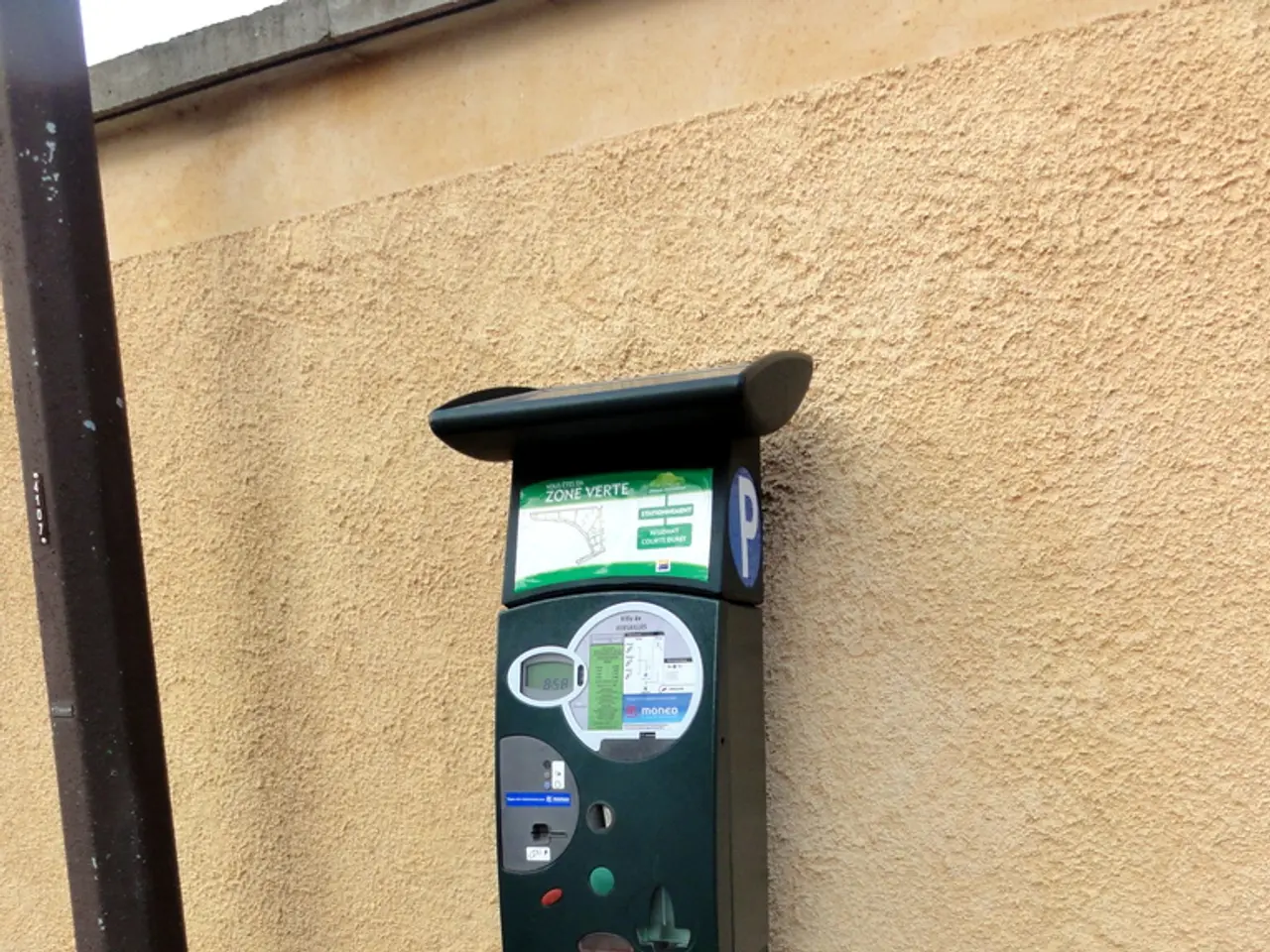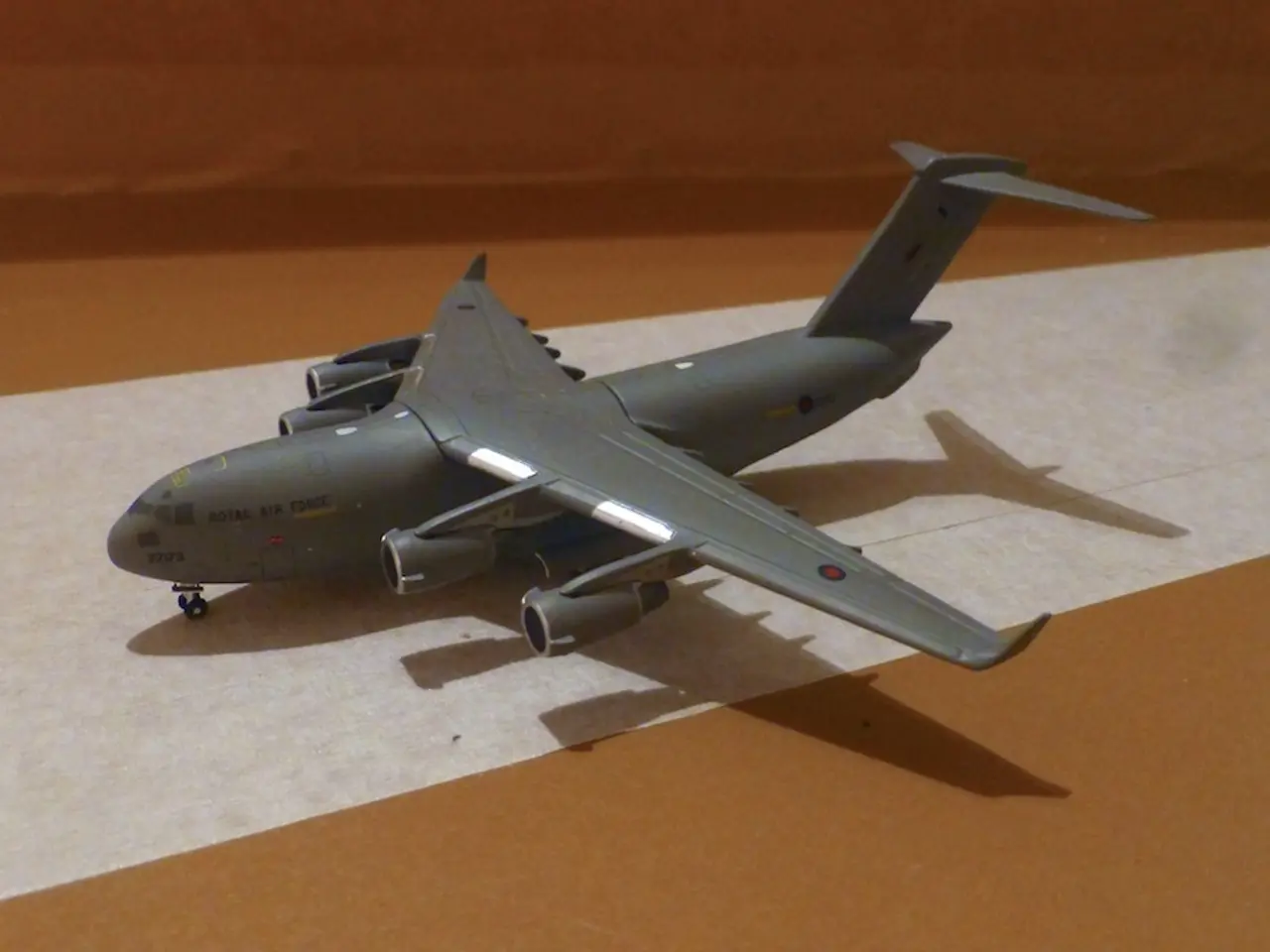PCB Etching Techniques: Exploring the Use of Acids and Bases for Circuit Board Manufacture
In the realm of microelectronic applications, two primary methods of PCB etching stand out: wet etching and dry etching. Each technique offers unique advantages and disadvantages, particularly in terms of speed, precision, safety, and maintenance.
Wet etching, the more traditional approach, is characterised by its use of corrosive, hazardous chemicals such as ferric chloride or cupric chloride. This method achieves etch rates of 8-15 μm/min, with temperature control potentially doubling the speed per 10°C increase. While wet etching is generally faster and more cost-effective for bulk PCB production, it is less precise, with issues such as undercutting and dimensional variation. However, with advanced control and monitoring, tolerances of about ±10 μm can be achieved [1][5].
On the other hand, dry etching, while not specifically quantified for speed, offers higher precision due to its use of plasma or vapor phase reactions that etch directionally without the lateral attack typical in wet etching. This makes dry etching more suitable for fine lines and complex multilayer structures, especially in HDI or flexible PCBs. Dry etching is also considered safer for operators because it avoids handling liquid acids or bases, reducing exposure to hazardous chemicals and water contamination [3].
In terms of maintenance, wet etching requires regular maintenance of chemical baths, filtration, and disposal systems to manage corrosive waste and avoid contamination buildup. Dry etching, on the other hand, requires maintenance of plasma equipment or vapor phase reactors, which may be technologically complex but avoids chemical disposal handling [3].
For high-precision PCBs, especially flexible or HDI types, dry etching offers advantages in trace definition and environmental sustainability. However, for standard production and prototyping, wet etching remains common due to its simplicity and speed [1][3][5].
As the industry continues to evolve, trends are leaning towards reducing environmental hazards and improving precision by gradually adopting dry or hybrid etching approaches in advanced PCB manufacturing. Regeneration, the process of recycling the used etchant and feeding this etchant back to the etching process, is important for uninterrupted production in continuous etching systems.
In conclusion, the choice between wet and dry etching depends on the specific requirements of the PCB manufacturing process. For bulk processing, wet etching remains a viable option due to its speed and cost-effectiveness. For high-precision, environmentally friendly PCBs, particularly flexible or HDI types, dry etching offers significant advantages.
Science and technology converge in the field of microelectronics, particularly in the arena of PCB etching. Wet etching, known for its use of chemicals like ferric chloride or cupric chloride, offers speed, but lacks precision when compared to dry etching, which employs plasma or vapor phase reactions for finer lines and complex structures.
